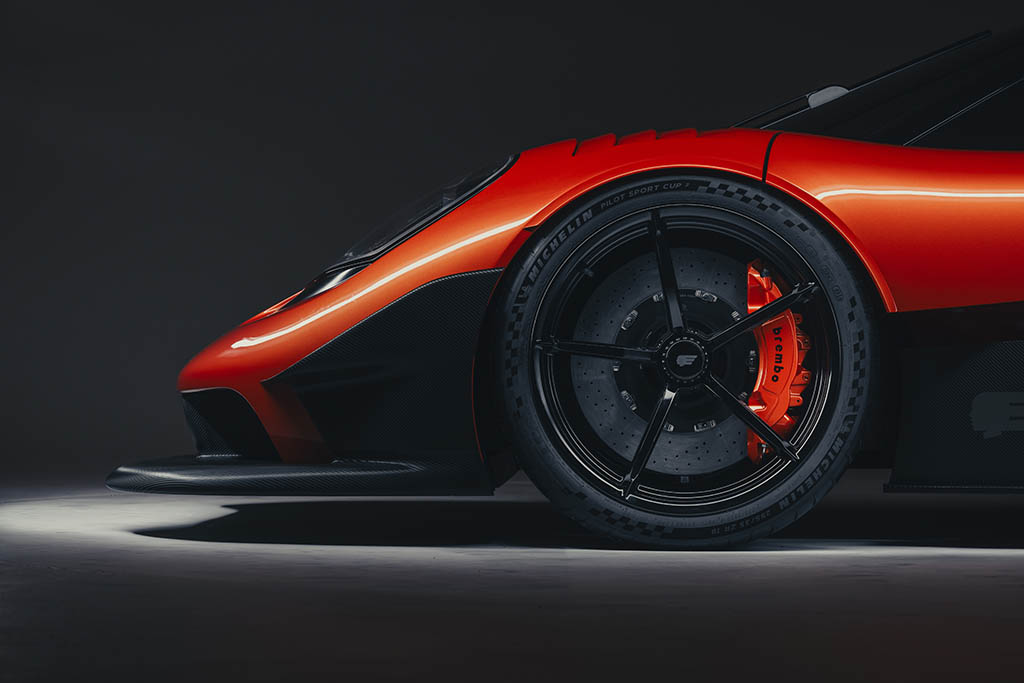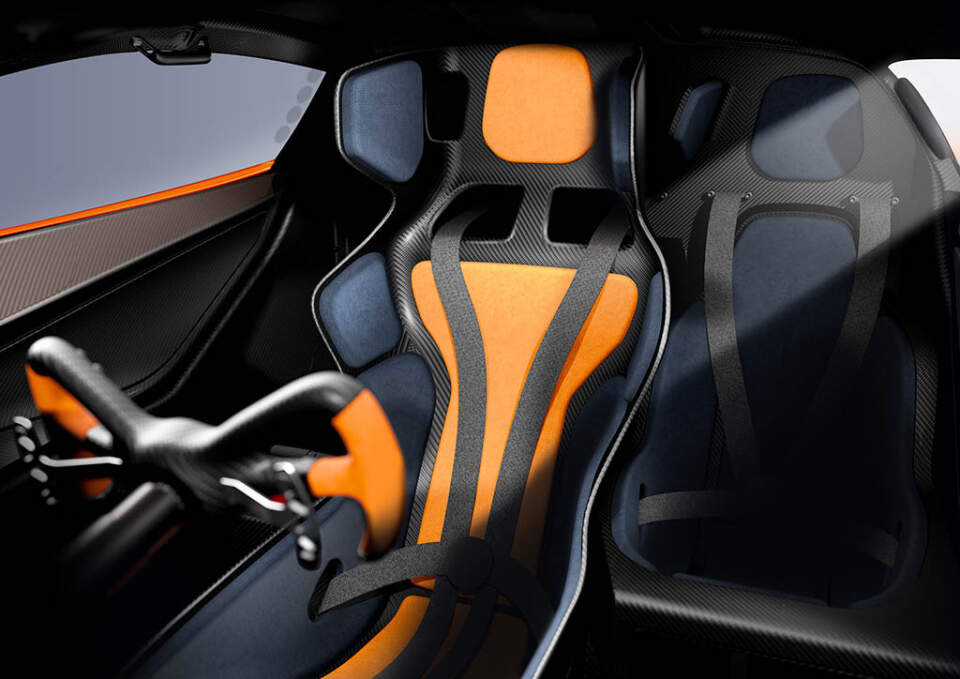Born A Legend: The 725-HP GMA T.50s Niki Lauda
Feb. 23 – Gordon Murray Automotive just one-upped their ultimate driver’s car, the T.50, this time calling it the T.50s Niki Lauda. The T.50, which was revealed last year, is an incredible F1 inspired 3-seater supercar, and much of its DNA is being passed along to the T.50s. The new high-horsepower, lightweight track shredder is described by GMA as “an on track experience like no other car to date.”

At the heart of the GMA T.50s Niki Lauda is a Cosworth-designed 3.9-liter V12, putting out 700 horsepower at an extraordinarily high 11,500 rpm. The engine is fed air through a newly designed, roof-mounted RAM induction airbox, which can also increase the maximum output of the engine to 725 horsepower. If you’re like us, you’re probably thinking this T.50s is capable of blowing some eardrums. This is definitely the case following the fact that a newly-developed, bespoke, straight-through exhaust system has also been implemented, taking the engine sound to the next level. As it is strictly a track car, the GMA T.50s Niki Lauda does without catalytic converters — no sound limitations other than those of the track need to be met.

Built around a specially developed, lightweight carbon fiber monocoque, the T.50s Niki Lauda is completely optimized for weight reduction and structural rigidity. The car was constructed using an advanced part-binding technology, with carbon fiber wrapped around a honeycomb aluminum core. Exterior body panels of the car are also unique to the T.50s, which are made of an ultra-lightweight carbon fiber. An extra step GMA even takes is to lighten the glass around the vehicle, using a glazing that has been further reduced in weight from road car specification. The T.50s also uses the same forged aluminum front and rear double wishbone suspension system as its processor, the T.50. The springs, dampers, and anti-roll bar, however, were all optimized for track performance.

The most noticeable parts of the T.50s Niki Lauda are the aerodynamics. Covered in completely new aero, the T.50s combines to create an incredible 3,300 lbs of downforce. This is in part due to a massive 1,758mm-wide, rear-mounted delta wing. The front of the T.50s features a splitter that can generate huge load figures to balance out those from the rear wing. A central fin, noticeable with Niki Lauda’s name on it, stretches from the roof to the rear lip of the car, and helps dramatically with yaw stability.

If you weren’t somehow getting the racing vibes from the exterior of the car, the interior will definitely solidify it. The cabin is completely race-car oriented, with a driver-focused central seating position. This central spot gives the driver a much greater view of the track ahead. The center seat is made up of carbon fiber and secures the driver with a six-point harness, while a passenger can sit on either side, both seats complete with a four-point harness. Much of the rest of the interior is very simple, only giving the driver the key controls that they need.
It should be fairly obvious now why the T.50s was named after the great racing legend, Niki Lauda. As Professor Gordon Murray CBE puts it, “The T.50s is named in honour of Niki to commemorate his famous win with the Brabham BT46B fan car in the 1978 Swedish Grand Prix. Niki was a great racing driver and he was also a good friend and it is absolutely fitting that we are launching the T.50s Niki Lauda on his birthday. Niki would have appreciated the innovation and engineering detail in our car.”

The Gordon Murray Automotive T.50s will be limited to just 25 examples, each priced at about $4.3 million. Production is said to start at the end of the year, with help from famous racing names such as Dario Franchitti, who will be helping with dynamic development.









